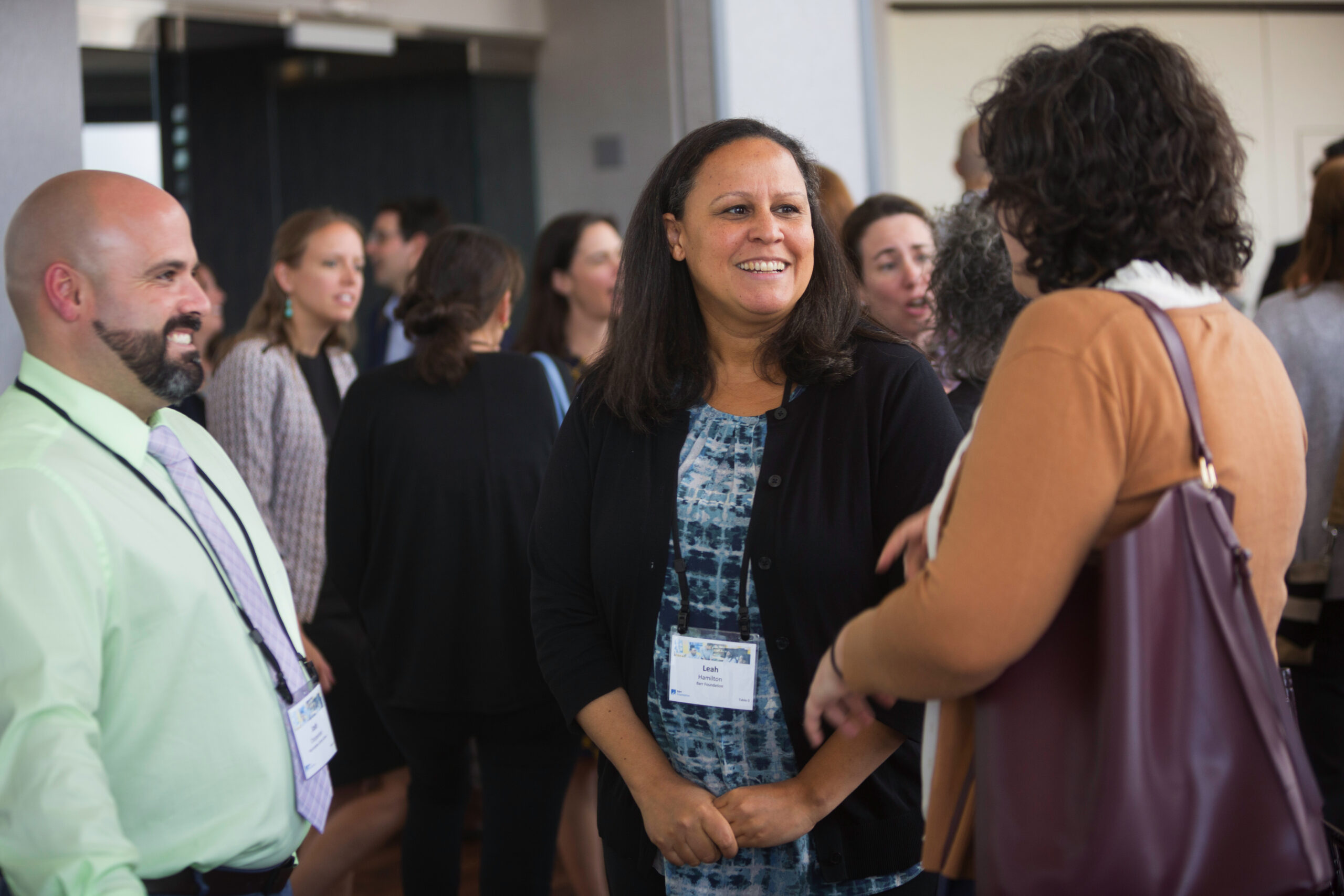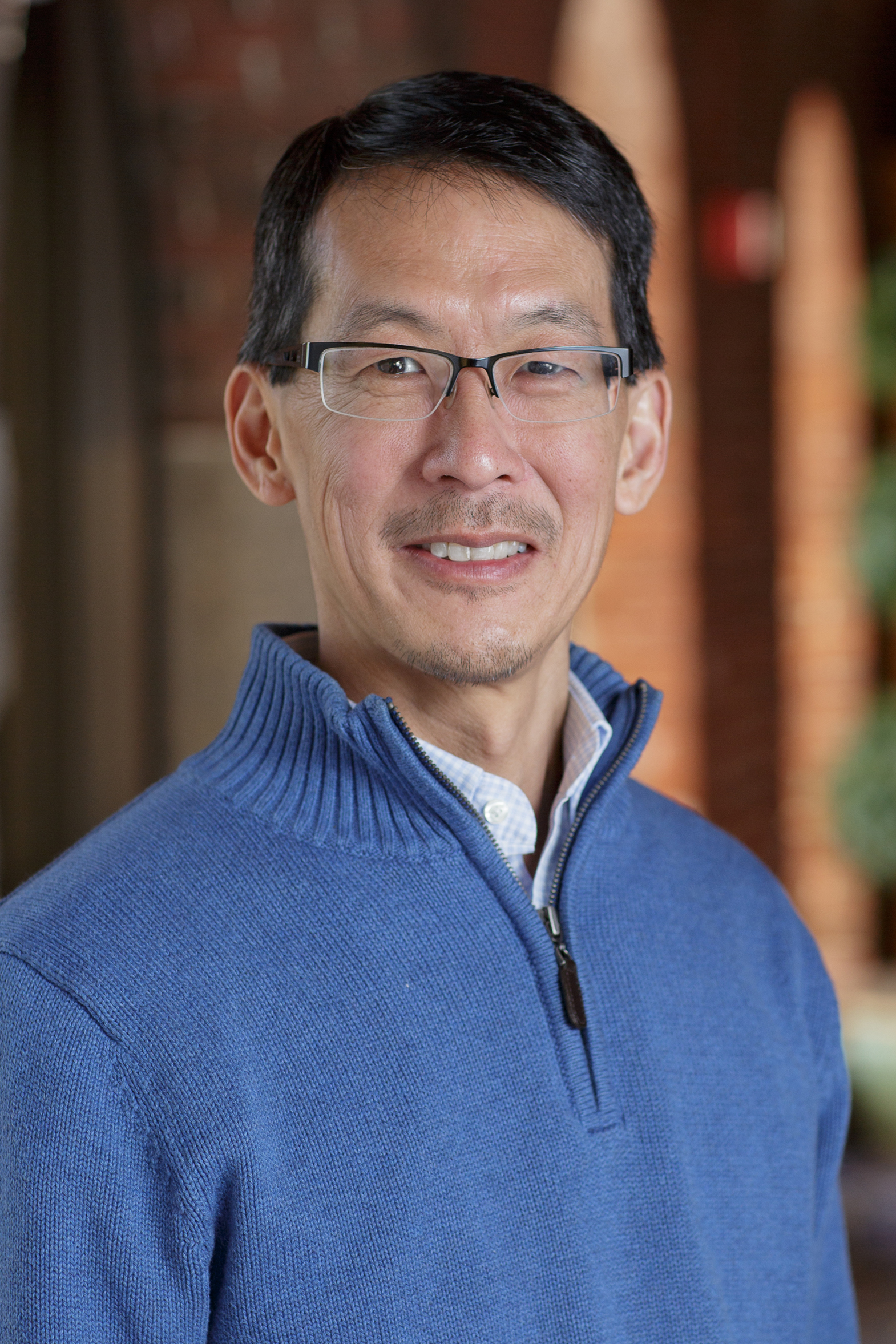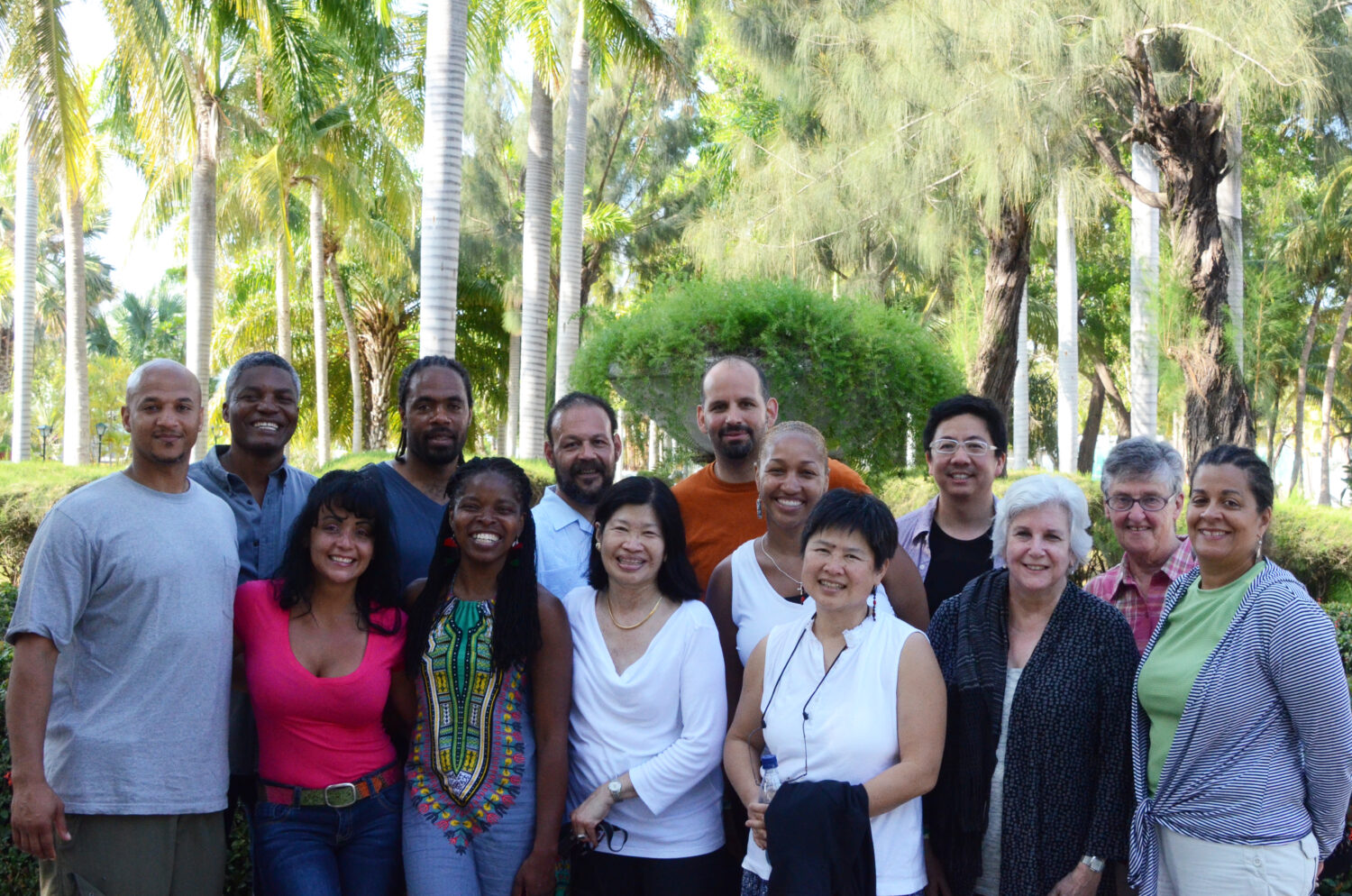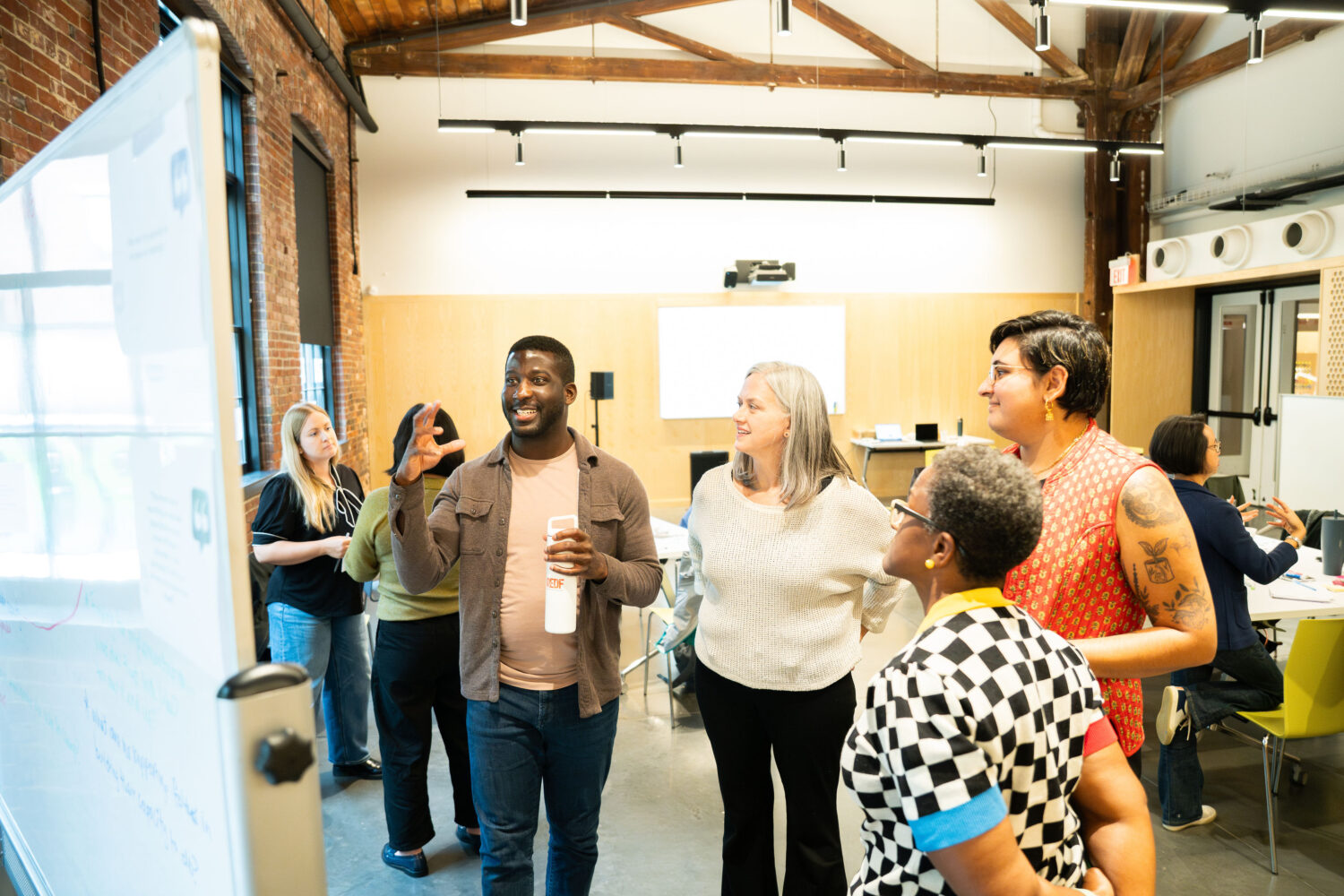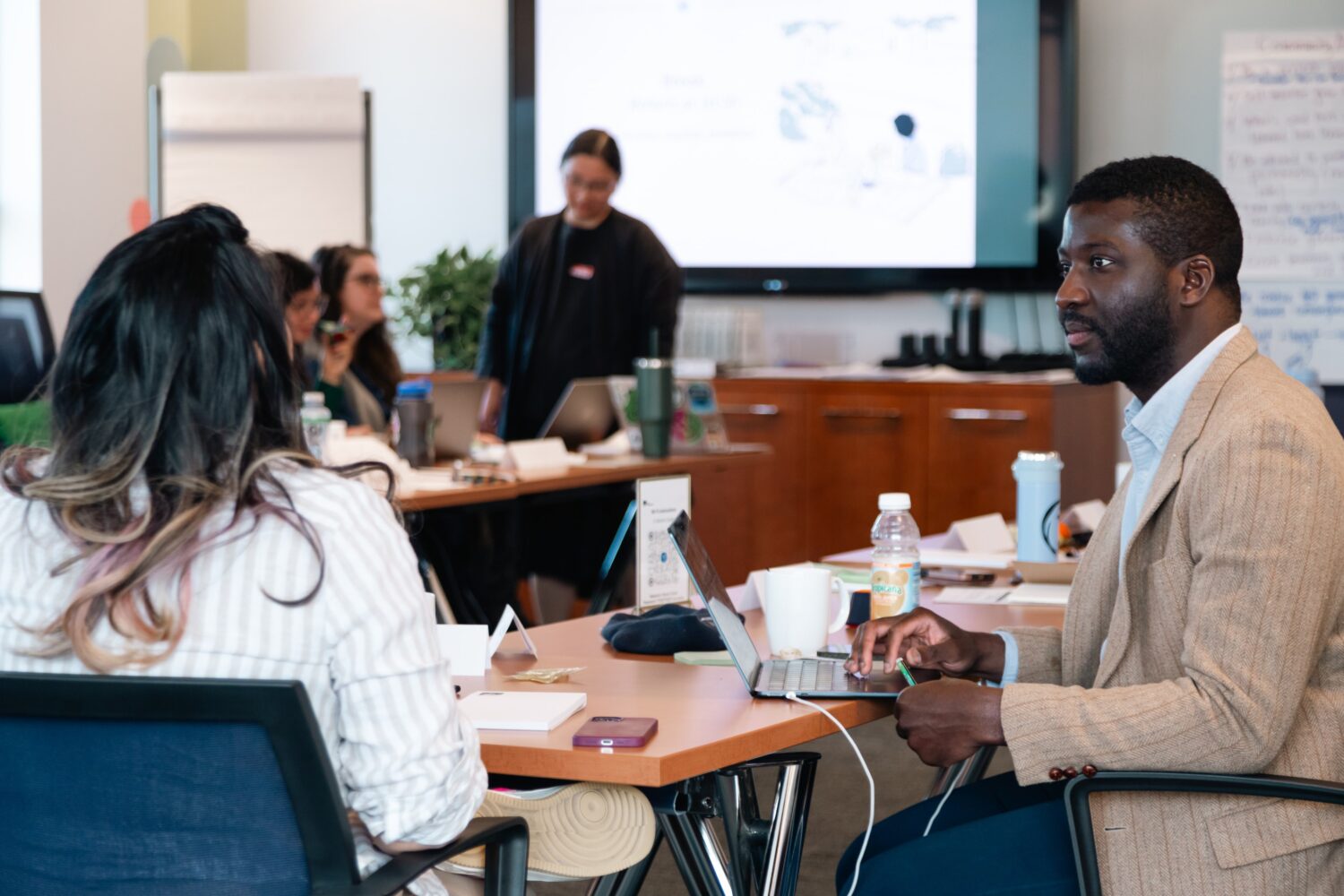Last week, I joined a couple hundred Boston-area foundation and nonprofit professionals for a conversation between Phil Buchanan, President of the Center for Effective Philanthropy (CEP) and Barr Foundation president Jim Canales, on Phil’s new book, Giving Done Right: Effective Philanthropy and Making Every Dollar Count. To open the evening, Barr Foundation co-founder and board chair Barbara Hostetter briefly shared her journey in creating the foundation, and the vision that she and Amos Hostetter had for the foundation:
How to most effectively bring that vision to life is an ongoing topic of conversation and learning at Barr – both at the staff and trustee level. We strive to be good partners in ways that go well beyond making grants. Studies by CEP and others have also noted the importance of funder-grantee partnerships. As a recent CEP report said, “Nonprofit CEOs speak to the value of funder-provided support beyond the grant — also known as nonmonetary assistance — noting that ‘the most valued funders are those who work with us to increase our capacity and impact.’”
This approach requires serious investment outside of the grant transaction, and, therefore, trade-offs in how we apply our time and resources. We wanted to highlight some of the ways we endeavor to partner with organizations, our goals, and considerations we have to take into account.
Here are a few examples:
- Co-designing learning communities and learning opportunities to provide exposure to best practices, experts, and thought leaders in their fields.
- Organizing grantee convenings that support peer learning and collaboration among our grantees.
- Strengthening key capacities for our partners, in areas such as data and analysis, communications, evaluation, finances, leadership, and diversity, equity, and inclusion.
- Working with grantees to design and implement evaluations that inform their work, Barr, and the field.
- Partnering with grantees to build fields of practice, especially in areas that are experimenting with new approaches.
- Supporting opportunities for grantee leadership via conference presentations and publications.
Sometimes we do a combination of these things with multiple grantees participating in a larger initiative. Sometimes we do them in more targeted ways with individual grantees.Major Barr initiatives like Engage New England and ArtsAmplified combine just about all of these components as they simultaneously strive to build capacity at the organizational level and to influence a broader field of practice.Grantees are actively engaged in individual and cohort learning on topics they have helped prioritize, are convened for shared knowledge building, help design and learn from evaluation, and are supported in their field leadership.
At times, Barr has provided funding for groups of grantees and other partners to participate in conferences, and to travel to see and learn from other places that are more advanced than our region. For example, our Climate Team sponsored a 2017 study tour to Seattle that yielded a number of lessons for transportation leaders from Massachusetts.Such trips serve to deepen collective understanding and generate new thinking. They sometimes also spark new collaborations with potential for impact beyond what each organization could have on its own.
When the Boston Public Schools sought to better understand its students’ paths and outcomes, Barr’s education program supported their engagement with EY-Parthenon to conduct a comprehensive analysis of its high schools. Through our new Knowledge Center on the Barr website, we have begun publishing research like this and evaluations we have supported – to share our grantees’ learning and leadership with the field.
All of these efforts require significant resources well beyond the grant dollar. They entail staff time, expertise and assistance of consultants, and expenses for things like training and convenings. We have to think carefully about when and how we take on these efforts, and the trade-offs involved. We need to be clear about their intended purpose and impact, to ensure they outweigh the value of an additional grant we might make, or an additional organization we might support. Even when grantees are excited about a field-building strategy, we need to stay attuned to how much of their time and energy we’re asking of them. And we need to make sure we remain responsive to new opportunities even as we sustain our focus on long-term partnerships.
It is an immense privilege to partner with leaders and organizations dedicated to improving lives, communities, and our environment across this region. With a mission to be both stewards and catalysts, we seek to be a constructive partner to each of our grantees, while also working to build long-term impact in the field. These goals necessitate significant investments beyond the awarding of grants. And they require continually revisiting the trade-offs noted above, and evolving our approaches based on what we learn and hear from our grantees.
